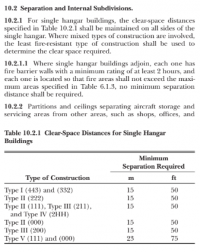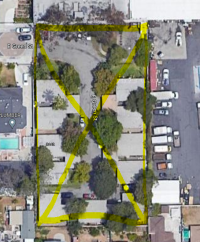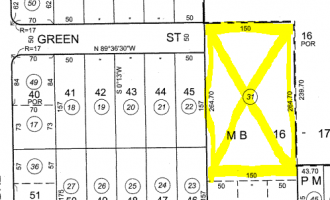Jon Victor
Member
- Joined
- Nov 3, 2010
- Messages
- 13
IBC section 412.3.1 says that Exterior walls located less than 30 feet from lot lines or a public way shall have a fire-resistance rating of not less than 2 hours. Our jurisdiction has decided that a lease line and a lot line are the same and we will require all hangars to be 30' from the lease/lot line or build a 2 hr. exterior wall. The heartburn that I have is the definition is for a "lot line" and not a lease line. I have searched through several airports, SLC being one of them, and they only require 10' from the assumed property line between the two buildings as per IBC table 602.
Has any of your jurisdictions created a policy for hangars and if so, would you please share that for comparison?
Has any of your jurisdictions created a policy for hangars and if so, would you please share that for comparison?




